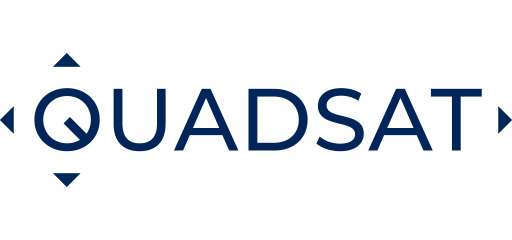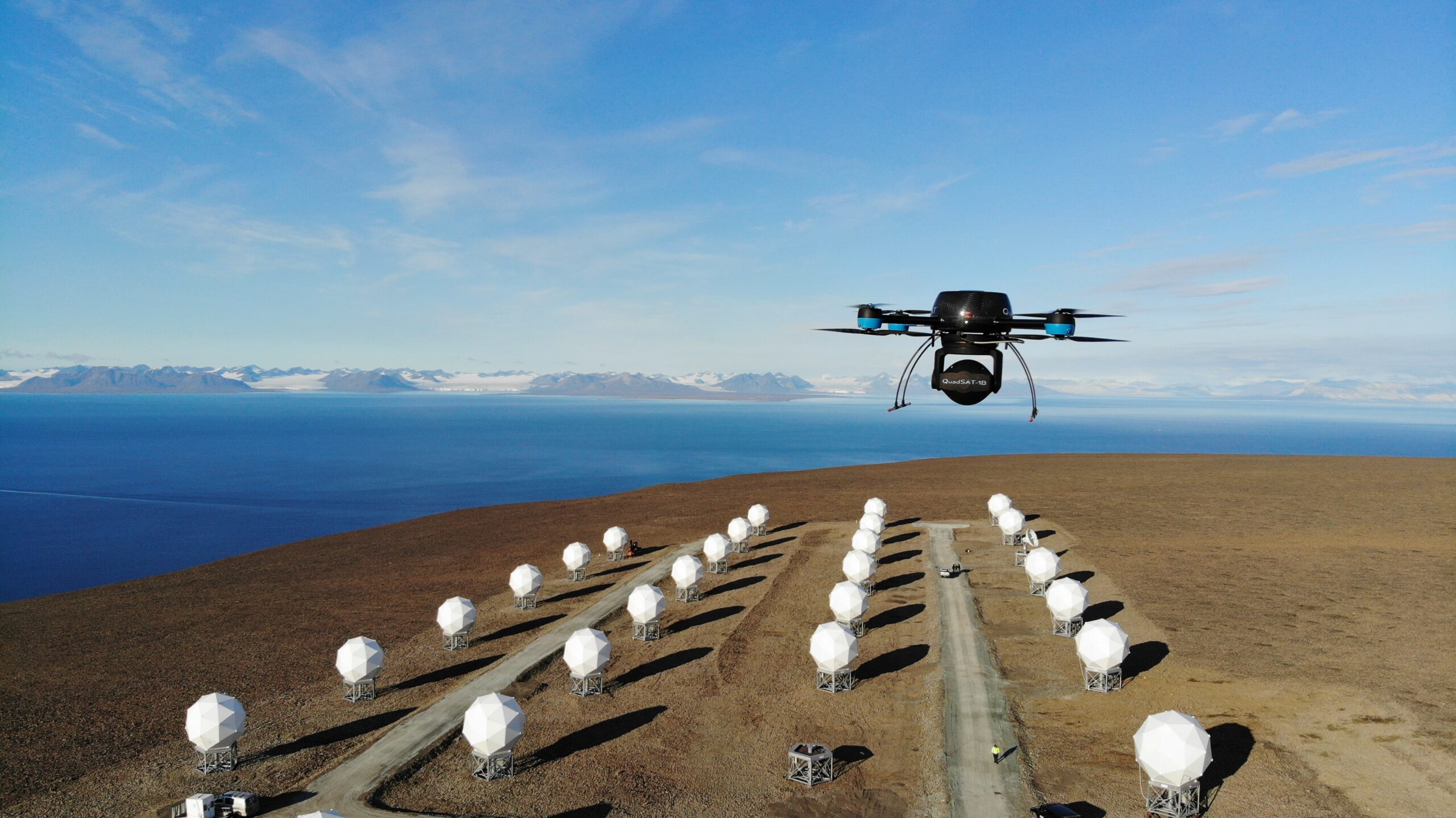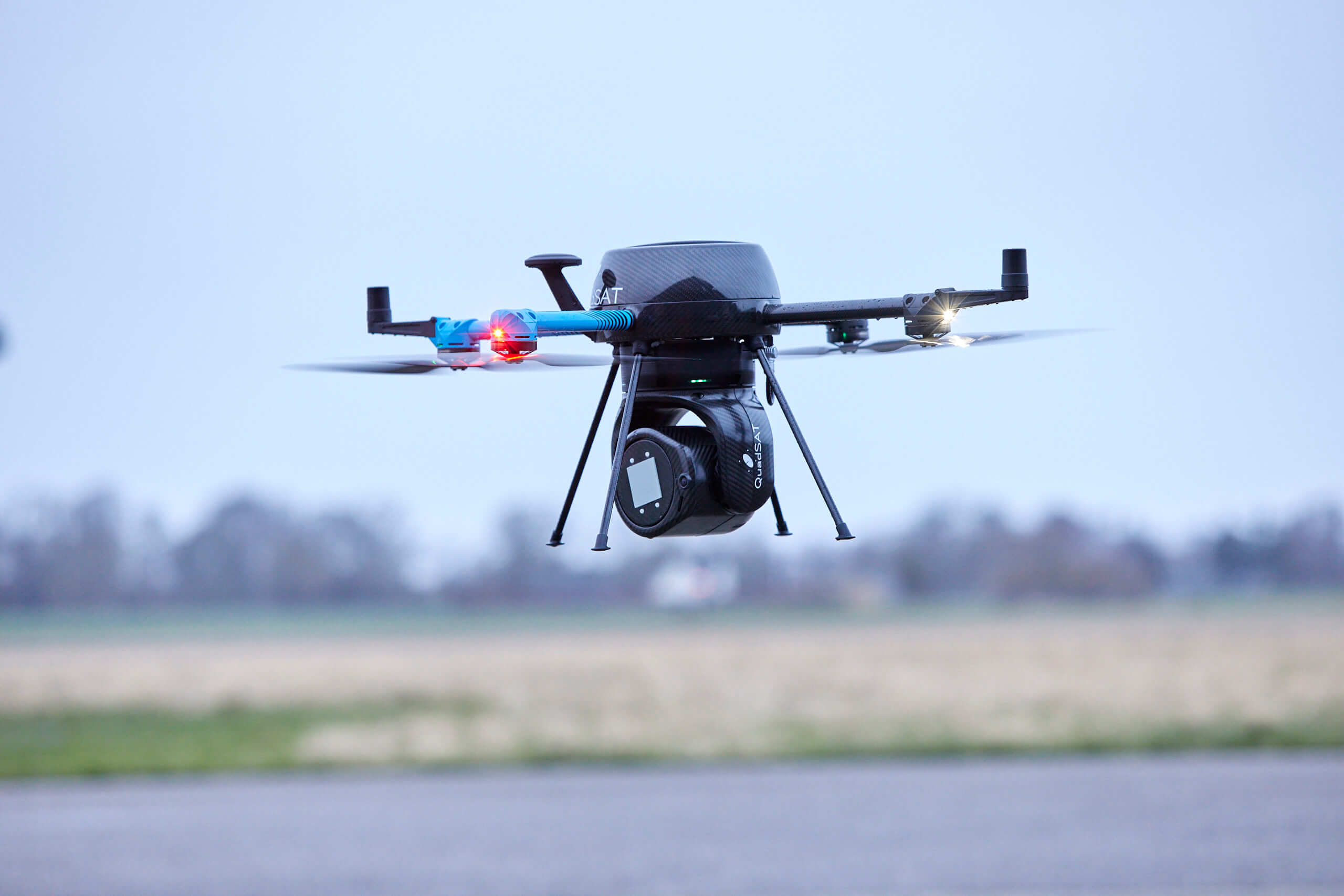SATELLITE 2022 returns to Washington DC later this month, bringing an opportunity for industry leaders, young professionals, and entrepreneurs to get together to discuss the challenges and innovations within the space and satellite sectors. The QuadSAT team is looking forward to meeting friends, old and new, and networking with the wider industry.
Of course, QuadSAT is planning on getting right into the middle of the action at the show, as our CEO prepares to join a panel discussion and others plan our presence in the exhibition hall. Wondering how to get involved with QuadSAT at the event?
Here are 3 ways to keep up with us at the show:
Find Us on Stage
Our CEO, Joakim Espeland, will join a panel to explore challenges to the industry posed by LEO and MEO constellations. Alongside industry leaders from Integrasys, Kratos Defense, Satprof, and GVF, the panel will discuss various new and existing technologies supporting interference prevention.
The discussion, entitled ‘Interference Prevention in a Crowded Multi-Orbit Environment’, takes place at 15:00 GMT on Tuesday March 22. View the synopsis and browse the full programme here.
Vote For Us
We recently announced that the QuadSAT system for antenna testing and calibration has been shortlisted for Via Satellite’s ‘Satellite Technology of the Year’ award. Each year, Via Satellite selects nominees based on innovation, benefit to the industry, and overall disruption to the satellite landscape.
We are honoured to be in the running for this great award. Please take a moment to vote for us. Voting closes on March 22nd and the winner will be announced at SATELLITE on Wednesday, March 23. Vote Here
Visit Our Booth
The QuadSAT system consists of a pseudo-satellite payload integrated on an Unmanned Aerial Vehicle making it deployable anywhere at any time. The system is fully automated with pre-and post-test software, ensuring repeatable high-quality data is delivered in a uniform format.
Join us at our booth during the event to ask your questions and learn more about our drone technology and innovations. Find us on Booth 2036 in the Startup Pavilion.
However you choose to spend your time at the largest innovative business gathering of the year, we are certain you will come away with fresh insights and knowledge, as well as new industry connections.
Satellite 2022 will run from 21-24 March at the Walter. E. Washington Convention Center in Washington, DC. Register now to claim your free hall pass.


